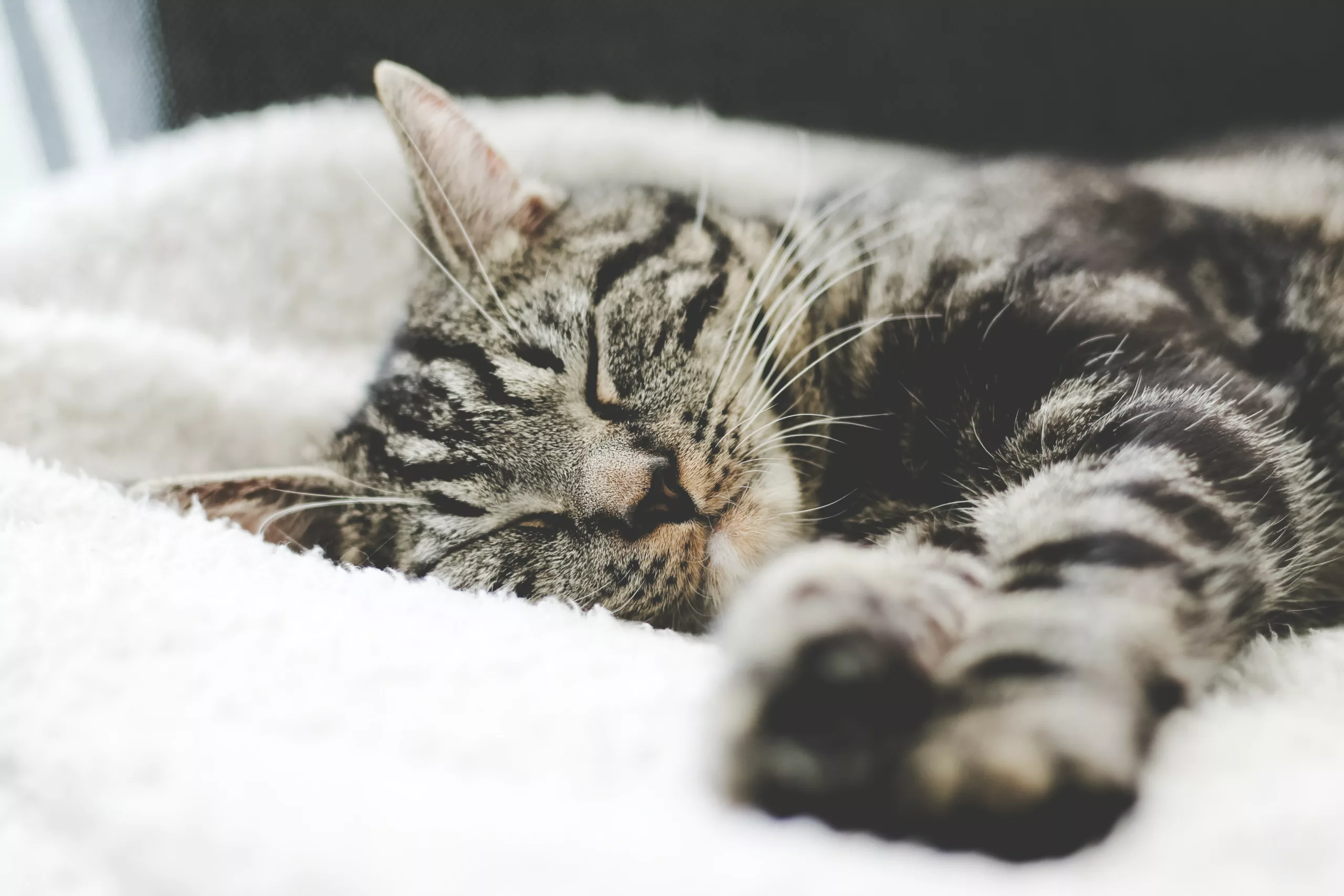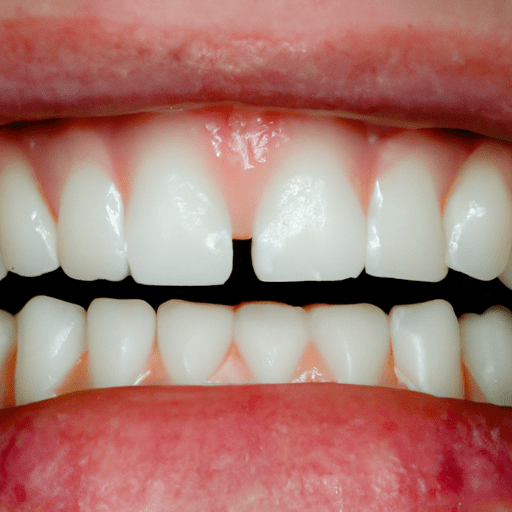Have you ever found yourself unable to sleep peacefully due to your partner’s incessant snoring? If so, you’re not alone. Snoring is a common problem that can not only disturb your sleep, but also strain relationships. Luckily, there is a solution: rhinoplasty. This innovative surgical procedure has been proven to effectively stop snoring, allowing you and your loved ones to finally enjoy restful nights and wake up feeling refreshed. In this article, we will explore how rhinoplasty can help eliminate snoring, providing you with a comprehensive understanding of the procedure and its benefits. Say goodbye to sleepless nights and say hello to a quieter, more peaceful sleep with rhinoplasty.

Understanding Snoring
Basic definitions and understanding
Snoring is a common condition characterized by the production of a loud and harsh sound during sleep. It occurs when the flow of air through the mouth and nose is partially blocked, causing the tissues in the throat and nose to vibrate. Snoring is often more prevalent in overweight individuals, but it can affect anyone, regardless of age or gender.
Major causes of snoring
Snoring can have various causes, and understanding them is crucial to finding effective solutions. Some of the major causes include:
-
Obstructed nasal airways: If the nasal passages are blocked due to allergies, sinus infections, nasal polyps, or a deviated septum, it can lead to snoring.
-
Soft palate and uvula: A weak or relaxed palate and uvula can obstruct the airway and result in snoring.
-
Excessive throat tissue: Overweight individuals or those with excessive throat tissue due to genetics or aging may experience snoring.
-
Sleep position: Snoring is often worse when sleeping on your back, as gravity can cause the tongue and soft tissues to collapse into the airway.
Impacts of snoring on health and relationships
Snoring not only disrupts your sleep but can also have negative impacts on your health and personal relationships. It can lead to excessive daytime sleepiness, decreased cognitive function, irritability, and an increased risk of cardiovascular problems. Snoring can strain relationships, as it often disturbs the sleep of the snorer’s partner. It is important to address snoring not only for personal well-being but also for the well-being of those around you.
Exploring the Link between Snoring and Nasal Issues
How nasal problems contribute to snoring
Nasal problems play a significant role in snoring. When the nasal airways are obstructed, the body compensates by breathing through the mouth, which can lead to snoring. Nasal congestion caused by allergies, colds, or structural issues such as a deviated septum can contribute to snoring.
Examples of nasal problems that might cause snoring
Several nasal issues can contribute to snoring. They include:
-
Allergies: Allergic rhinitis, caused by allergens such as pollen or dust mites, can lead to nasal congestion and increased snoring.
-
Deviated septum: A deviated septum occurs when the wall that separates the nasal cavities is crooked or off-center, causing airflow obstruction and snoring.
-
Nasal polyps: Nasal polyps are non-cancerous growths that can develop in the nasal passages, blocking airflow and contributing to snoring.
Understanding the functionality of the nasal pathway
The nasal pathway plays a crucial role in airflow during sleep. When the air enters the body through the nose, it is filtered, moisturized, and warmed before reaching the lungs. A clear and unobstructed nasal pathway is essential for proper airflow and a peaceful night’s sleep.
Introduction to Rhinoplasty
Explanation of Rhinoplasty
Rhinoplasty is a surgical procedure performed to reshape and alter the structure of the nose. It is commonly known as a “nose job” and is primarily done for cosmetic reasons, but it can also address functional issues such as snoring. During rhinoplasty, the surgeon carefully modifies the bone, cartilage, and tissues of the nose to achieve the desired outcome.
How Rhinoplasty works
Rhinoplasty works by making precise modifications to the nasal structure. The surgeon may remove or reshape nasal cartilage, adjust the nasal bones, or refine the nostrils’ size and shape. By improving the nasal airflow and correcting any structural issues that contribute to snoring, rhinoplasty can effectively address snoring problems.
Different types of Rhinoplasty procedures
There are different types of rhinoplasty procedures, each with its own set of goals and techniques. Here are some common types:
-
Open Rhinoplasty: In this procedure, the surgeon makes an incision on the columella (the thin strip of tissue between the nostrils) to access the internal structures of the nose. This allows for better visibility and precision in reshaping the nose.
-
Closed Rhinoplasty: In closed rhinoplasty, all the incisions are made inside the nose, leaving no visible external scars. This technique is suitable for patients who require minor alterations and have no complex structural issues.
-
Septoplasty: Septoplasty is a specific type of rhinoplasty that focuses on correcting a deviated septum. It involves straightening and repositioning the septum to improve airflow and alleviate snoring.
How Rhinoplasty Can Help in Stopping Snoring
How Rhinoplasty can alter nasal structures
Rhinoplasty can effectively address snoring by altering the nasal structures that contribute to airway obstruction. By correcting a deviated septum, removing nasal polyps, or reducing the size of nasal turbinates, rhinoplasty can open up the nasal airways and improve airflow during sleep. These modifications can significantly reduce snoring or even eliminate it completely.
How breathing patterns improve post-surgery
After rhinoplasty, many patients experience improved breathing patterns due to the enhanced functionality of the nasal passages. Proper alignment of the septum, a wider and unobstructed nasal airway, and improved airflow all contribute to easier breathing during sleep. This leads to a reduction in snoring and an overall improvement in sleep quality.
Testimonials and research supporting its effectiveness
Numerous individuals who have undergone rhinoplasty for snoring have reported a significant reduction or complete cessation of their snoring. Testimonials highlight how the surgery has improved their sleep quality, restored their energy levels, and restored harmony in their relationships. Moreover, research studies have demonstrated the effectiveness of rhinoplasty in addressing snoring caused by nasal issues, further supporting its use as a treatment option.

Possible Risks and Complications of Rhinoplasty
Understanding surgical risks
Like any surgical procedure, rhinoplasty carries inherent risks and potential complications. These risks include adverse reactions to anesthesia, infection, bleeding, asymmetry, scarring, and dissatisfaction with the aesthetic outcome. It is crucial to discuss these risks with your surgeon and ensure you have a comprehensive understanding before proceeding with the surgery.
Possible short-term and long-term complications
In the short term, patients may experience swelling, bruising, and discomfort after rhinoplasty. These symptoms are typically temporary and subside with proper post-surgical care. In rare cases, long-term complications may arise, such as persistent nosebleeds, persistent pain, or irregularities in the nasal structure. However, with a skilled and experienced surgeon, the risks of complications are significantly minimized.
Real-life examples or studies of complications observed
While complications from rhinoplasty are relatively rare, it is important to be aware of potential risks. Some real-life examples of complications include infection requiring antibiotic treatment, nasal obstruction persisting after surgery, or the need for revision surgery to achieve the desired outcome. However, these instances are not the norm and are often the result of individual variations or pre-existing conditions.
Post-surgical Care and Recovery
What to expect immediately post-surgery
After rhinoplasty, you can expect some swelling and bruising around the nose and eyes. Your surgeon may provide you with a nasal splint to protect and support the newly reshaped nose. It is essential to follow the post-operative instructions provided by your surgeon, which may include keeping the head elevated, applying cold compresses, and avoiding certain activities that could impact the healing process.
Long-term care and healing process
The healing process after rhinoplasty can vary from person to person, but it generally takes several weeks to months for complete recovery. It is crucial to maintain good hygiene, avoid strenuous activities, and protect the nose from any accidental trauma during this time. Regular follow-up visits with the surgeon will help monitor the healing process and address any concerns that may arise.
Understanding possible signs of complications
While complications are rare, it is essential to be vigilant and aware of possible signs of complications after rhinoplasty. These signs may include persistent pain, excessive bleeding, prolonged swelling, difficulty breathing through the nose, or any changes in the shape or appearance of the nose. If you experience any of these symptoms, it is important to contact your surgeon promptly.

Cost and Insurance Matters
Cost of Rhinoplasty procedure
The cost of rhinoplasty can vary depending on various factors, including the surgeon’s expertise, the complexity of the procedure, the geographical location, and additional expenses such as anesthesia and facility fees. On average, rhinoplasty can cost between $5,000 and $10,000. It is essential to consult with your chosen surgeon to get an accurate cost estimate based on your specific needs.
Insurance coverage possibilities
Insurance coverage for rhinoplasty primarily depends on the reason for the procedure. If the surgery is solely for cosmetic purposes, it is unlikely to be covered by insurance. However, if the procedure is deemed medically necessary to address functional issues such as snoring caused by nasal problems, insurance coverage may be possible. It is advisable to contact your insurance provider to understand their specific coverage policies.
How to finance the procedure if uninsured
If you are uninsured or the specific procedure is not covered by insurance, various financing options are available to help make rhinoplasty more affordable. You can consider medical financing companies that offer loans specifically for surgical procedures. Additionally, some surgeons may offer in-house financing options or payment plans to ease the financial burden. It is important to explore these options and choose a financing plan that suits your needs and budget.
Alternative Snoring Solutions
Other medical procedures
While rhinoplasty can be an effective solution for snoring caused by nasal issues, there are alternative medical procedures that can also address the problem. These include:
-
Septoplasty: If a deviated septum is the primary cause of snoring, septoplasty can be performed to straighten the septum and improve nasal airflow.
-
Turbinate reduction: Nasal turbinates are bony structures that help filter and humidify the air entering the nose. If they are enlarged, they can contribute to snoring. Turbinate reduction surgery can reduce their size and alleviate snoring.
Lifestyle changes to stop snoring
In addition to medical interventions, certain lifestyle changes can also help reduce snoring. These include:
-
Weight loss: Losing excess weight can help reduce fatty tissue around the throat and improve airflow.
-
Sleep position: Sleeping on your side or elevating the head can prevent the tongue and soft tissues from collapsing into the airway, reducing snoring.
-
Avoiding alcohol and sedatives: These substances relax the muscles in the throat, increasing the likelihood of snoring.
Over-the-counter stop-snoring aids
Several over-the-counter stop-snoring aids are available, such as nasal strips, specially designed pillows, and oral appliances. While these aids may provide temporary relief, they may not address the underlying causes of snoring. It is important to consult with a healthcare professional to determine the most effective solution for your specific situation.
Choosing the Right Medical Practitioner
How to search for a qualified surgeon
When selecting a surgeon for rhinoplasty or any other medical procedure, it is essential to conduct thorough research. Some ways to search for a qualified surgeon include:
-
Referrals: Ask your primary care physician or trusted friends and family for recommendations.
-
Online reviews: Read reviews from previous patients to gauge their experiences and outcomes.
-
Board certification: Verify that the surgeon is certified by the appropriate medical board, such as the American Board of Facial Plastic and Reconstructive Surgery.
Verifying credentials of the chosen practitioner
Verifying the credentials of a chosen practitioner is crucial to ensure their qualifications and expertise. You can check if the surgeon is board-certified, review their educational background, training, and years of experience. Additionally, you can look for any disciplinary actions or malpractice claims against the surgeon. This information can be obtained from state medical boards or online databases.
Arranging a consultation and asking the right questions
Once you have narrowed down your options, it is important to schedule a consultation with the chosen surgeon. During the consultation, ask relevant questions to gain a better understanding of the surgeon’s expertise and approach. Some questions to consider asking include:
- How many rhinoplasty procedures have you performed?
- Can I see before-and-after photos of previous patients?
- What is your approach to addressing snoring during rhinoplasty?
- What are the risks and potential complications associated with this procedure?
Things to look out for during consultation
During the consultation, pay attention to the overall atmosphere of the practice and the surgeon’s demeanor. A reputable surgeon should be willing to listen to your concerns, answer your questions thoroughly, and provide realistic expectations for the results. They should also emphasize open communication and prioritize patient safety. Take note of their professionalism, attention to detail, and the quality of their recommendations when making your final decision.
Making an Informed Decision
Weighing the pros and cons of Rhinoplasty
When considering rhinoplasty as a solution to snoring, it is essential to weigh the pros and cons. Some pros of rhinoplasty include improved nasal airflow, reduction or elimination of snoring, improved sleep quality, and potential aesthetic enhancements. However, there are cons to consider, such as the cost, potential risks, and the need for a surgical procedure. It is important to consult with a qualified surgeon, consider your individual circumstances, and make an informed decision that aligns with your goals and priorities.
Understanding your personal medical situation
Each individual’s situation is unique, and it is important to consider your personal health, medical history, and snoring severity when deciding on a treatment option. If snoring is severely impacting your quality of life, disrupting your sleep, or causing strain in relationships, rhinoplasty may be a viable option. However, it is crucial to consult with a healthcare professional to determine the underlying causes of your snoring and evaluate the most appropriate course of action.
Exploring non-surgical options first
Before considering rhinoplasty or any surgical procedure, exploring non-surgical options is recommended. Lifestyle modifications, such as weight loss, sleep position changes, and avoiding alcohol, can have a significant impact on reducing snoring. Additionally, medical interventions such as nasal sprays, allergy medications, or oral appliances may provide relief. It is important to exhaust these non-surgical options under the guidance of a healthcare professional before considering more invasive procedures.
Finding a balance: quality of life vs possible risks
When making decisions regarding healthcare interventions, finding a balance between quality of life and possible risks is crucial. Snoring can significantly impact one’s well-being and relationships, making the pursuit of effective treatment important. However, it is equally important to approach any procedure with a thorough understanding of the associated risks and potential complications. By weighing the potential benefits against the risks, you can make an informed decision that aligns with your priorities and desired quality of life.





